Recently, Bollywood – The multi-billion dollar film industry in India- witnessed a new way of film distribution via PPV (Pay-Per-View) streaming on the YouTube platform.
This bold move comes from the popular Indian film actor & producer, Aamir Khan, who released his latest movie, “Sitaare Zameen Par,” as a pay-per-view title on YouTube following its successful theatrical run.
But why is this decision creating such a buzz?
Well, this is for the first time any film producer has dared to ditch the multi-crore one-time settlement offer by OTT giants and gone wild to distribute and monetize his movie on a pay-per-view basis, that too on a public video sharing platform like YouTube.
While releasing films on OTT platforms is a common norm for producers post the 8-week theatrical runs, Aamir Khan Productions chose not to sell the film rights to OTT services, but rather decided to go the “Direct To Audience” way via the PPV mode on YouTube.
“This isn’t just another distribution choice; it is a defiant statement against the traditional distribution framework. It puts the power back in the hands of the creator, allowing them to monetize their content directly from their audience.”
Many leading industry voices, including acclaimed director Hansal Mehta, applauded the distribution reform, as it bypasses the traditional non-negotiable OTT deals and provides an entirely new paradigm for content monetization.
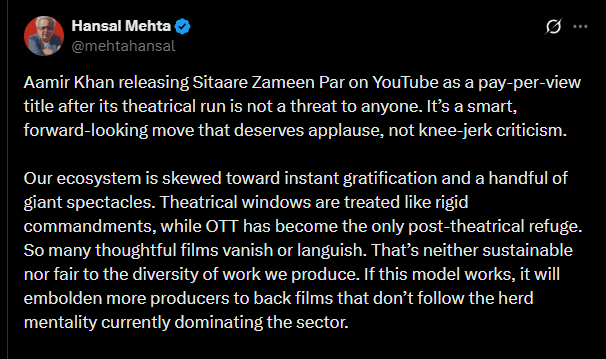
Let’s understand this PPV shift in the film distribution in a better way! In this blog, we are going to show you a glimpse of how the traditional distribution used to happen and how the PPV move is bringing a new revolution for creators & producers. We’ll get started with the traditional workflow first.
The Traditional Distribution Playbook: One-Time Big OTT Deal
Earlier in Bollywood, a successful movie release was defined by a strong theatrical run, followed by a big licensing deal with a major OTT platform.
The OTT giants like Netflix and Prime Video used to offer multi-crore and guaranteed licensing deals to producers, providing a sense of security and a clear return on investment.
In such a distribution model, the producer/filmmaker gets their money upfront, and the OTT platform takes over the monetization and long-term revenue.
However, selling film rights to OTT platforms comes at a cost. The producer effectively gives up control over their intellectual property. The film becomes just one title in a platform’s vast library, often getting lost in the shuffle.
Most importantly, the one-time substantial payout means creators forfeit any potential for long-tail revenue. Once the check is cashed, their earning potential from that film is over, regardless of how many millions of viewers it attracts in the years to come.
The New Distribution Revolution: PPV Streaming
PPV streaming is more than just a distribution strategy; it’s a statement. It gives producers full control over their content, allowing them to set the price, choose the release window, and build a direct relationship with their audience.
With Aamir Khan’s decision to digitally release his movie exclusively via PPV, it’s a return to the “pay-per-view” model that has been the bedrock of the cinema industry for a long time but now reimagined for digital releases.
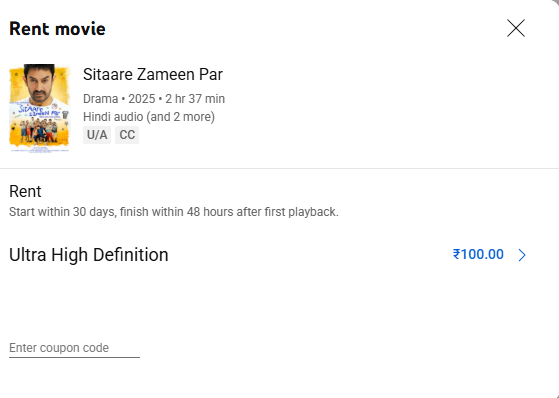
This mode of per-viewing monetization simply transforms a film from a product into an ongoing business, where every view directly translates into revenue for the creator. For a producer, this means the potential for a much higher total profit, especially if the content finds a loyal audience over time.
So, what does this PPV revolution mean for creators & producers?
- Better control over distribution: When and how a film meets its audience should be a maker’s choice solely.
- A durable revenue stream: PPV streaming provides a flexible release window to producers where they can fix the pricing and keep a major chunk of the revenue to themselves.
- Enhanced accessibility: Fans or viewers no longer have to buy a subscription; they can pay for a one-time viewing as they do in theatres and stream the movie anytime, from the comfort of their home.
- More cash flow after theatricals: Releasing films on a pay-per-view basis after the theatrical runs will simply infuse more money into the productions, allowing creators to freely fund documentaries and regional content.
- Market expansion: When films are accessible on familiar rails (YouTube, UPI, simple UI), total paying audiences grow. A bigger pie allows more kinds of films to be made and sustained.
We can say the PPV streaming model opens up new possibilities for producers who otherwise operate in a rigid framework, dominated by a handful of OTT players. With this innovative digital distribution method, earnings are tied directly to audience engagement, offering the potential for long-tail monetization that a one-time OTT deal can never match.
But now we have a big question for you. Is YouTube the right platform to release your films on a pay-per-view basis? In our next section, we are going to highlight the drawback of YouTube’s PPV that no one talks about.
The Problem With YouTube’s PPV Streaming
While YouTube provided the platform for this groundbreaking PPV experiment in Bollywood, it’s not without its drawbacks. For producers, the primary pain points are a high revenue cut and persistent piracy issues.
YouTube’s commission on PPV streaming is a significant 30%, which eats into a producer’s profits. This can be a major deterrent for filmmakers looking to maximize their returns, especially when production costs are already high.
Furthermore, YouTube’s open nature and public streaming architecture make it a hotbed for piracy. Anyone with a third-party video downloading software can easily download videos from YouTube and sell them on pirated movie sites.
Despite the video streaming platform’s efforts, unauthorized copies and streams of content can appear quickly, which greatly undermines a PPV release’s revenue potential.
We could even see that in the case of Sitaare Zameen Par. Just one day after its digital debut on YouTube PPV, the movie was seen on pirated sites like Dailymotion and Torrentz.
Explore Muvi TV PPV Model – A Viable Alternative to YouTube
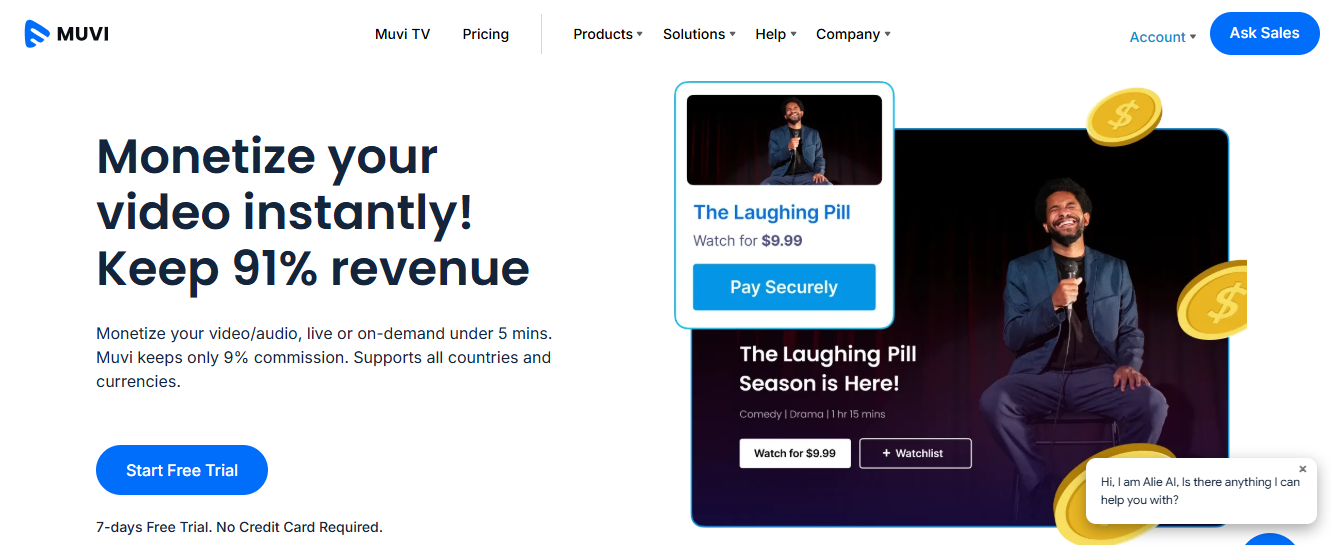
Muvi TV is a sophisticated, secure, and smart video monetization platform that allows producers to monetize their premium content exclusively on a pay-per-view basis. You can say, it’s purpose-built for the revolutionary PPV streaming model and perfectly addresses the drawbacks of YouTube.
While YouTube takes a hefty commission of 30% on PPV earnings, Muvi TV charges just 9% on the gross revenue, allowing creators to keep the rest 91% of their earnings. This difference can be monumental for producers, offering much more profit from a single title.
Catering to the piracy issues, Muvi TV is built with a core focus on video security. The video streaming platform comes with advanced security features like built-in DRM, dynamic watermarking, and screen recording prevention. This restricts any kind of illegal download and piracy usage of your content across the internet.
Major Highlights of Muvi TV:
- Direct Revenue Model: Earning is directly based on PPV
- Full Content Ownership: No need to sell film rights
- Advanced Anti-piracy: Restrict your content from illegal usage
- Transparent Pricing: Only 9% commission and just $9/month as platform fee
Also, here’s a detailed comparison of Muvi TV and YouTube PPV Streaming
Factors | Muvi TV | YouTube |
Content Types | Video, Audio, Live | Video, Audio, Live |
Auto Subtitles | Yes | Yes |
DRM | Supports Multi-DRM | Basic DRM (Content ID Systems) |
Detailed Analytics | Yes | No |
Commission | 9% | 30% on PPV |
Supported Currencies | 135+ | 71 |
4K Video | Yes | Yes |
Loseless Audio | Yes | No |
Experience Muvi TV free for 7 days and check the platform features.
Click here to get started!!!
Final Thoughts:
The PPV streaming model is the new future of content distribution. It empowers creators, democratizes access, and re-establishes the direct connection between producers and their audience. While Aamir Khan’s move on YouTube was the catalyst, the next phase of this revolution will be led by PPV-based streaming platforms like Muvi TV, which offer a more profitable and secure environment for creators to thrive.
Even if you’re not sure about the PPV experiment, you can still try it as a sweet spot between your theatrical release and licensing deals.
For more information on pay-per-view-based streaming, feel free to initiate a discussion with our video monetization experts. Click here to schedule a call.
Recommended Reads:
What Is PPV Streaming? How Does Pay-Per-View Work?
YouTube Ad Monetization vs Pay Per View – Which is Better For Selling Videos Online?
Top Five Benefits of Pay-Per-View OTT Monetization
How To Sell Videos Online in 2025: Explore Maximum Earning Potential
How to Monetize Single Videos and Maximize Earnings
Muvi TV vs Own Streaming Platform: Which is Best For Video Monetization?
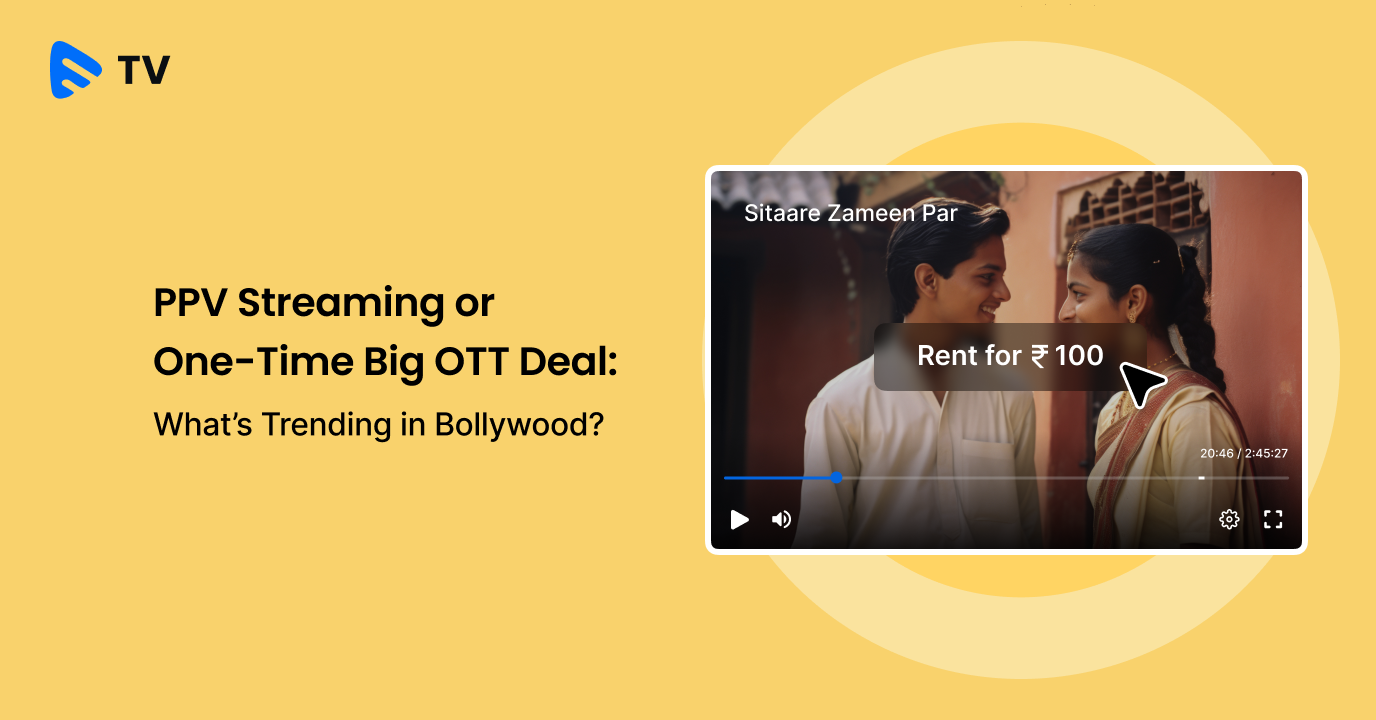




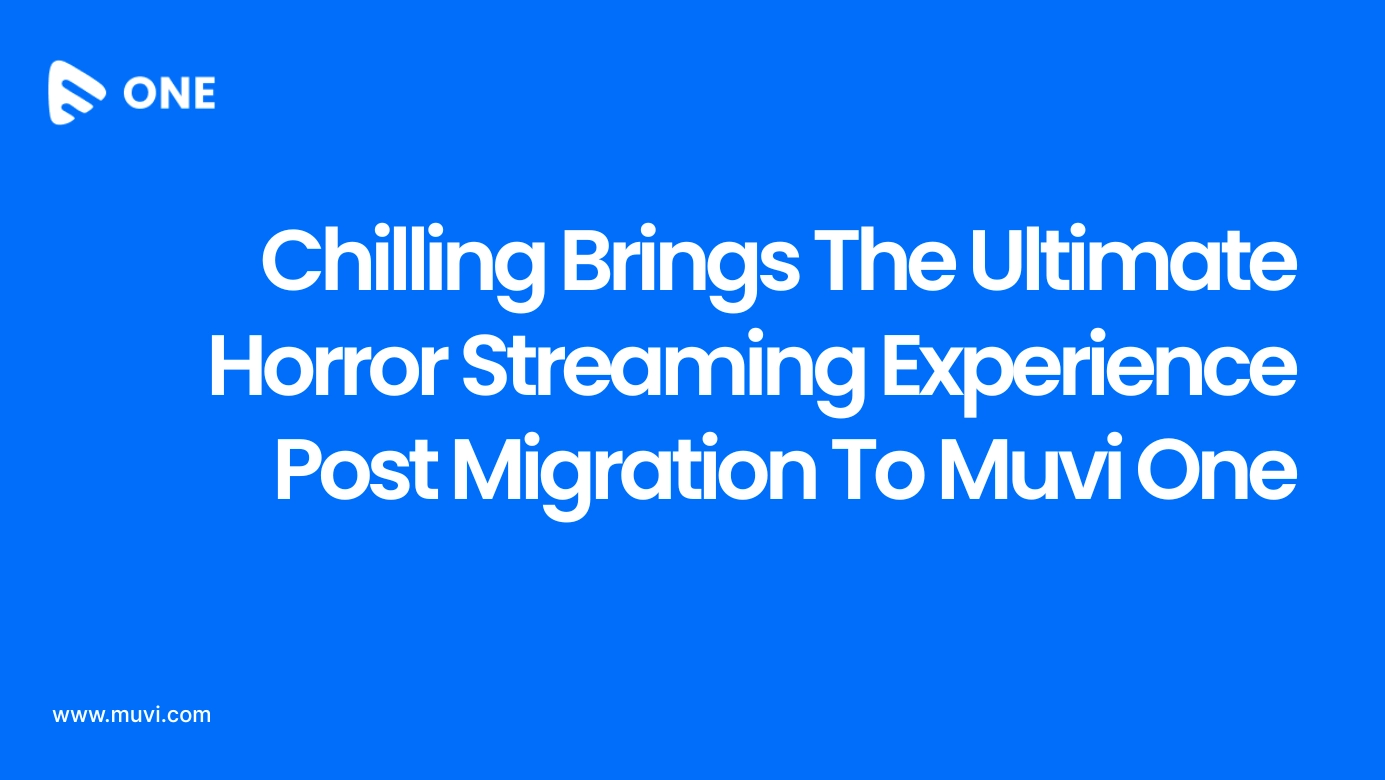

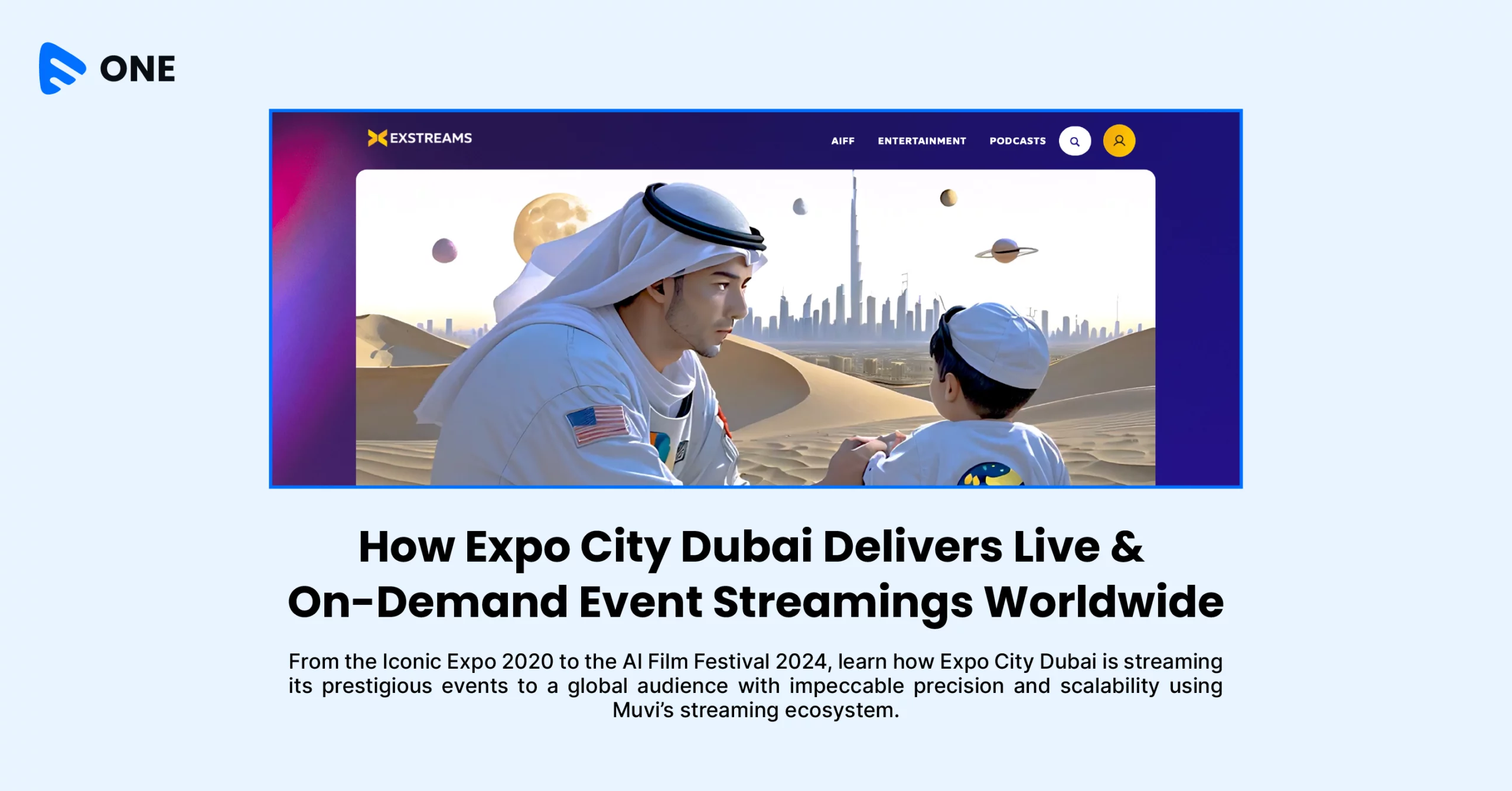
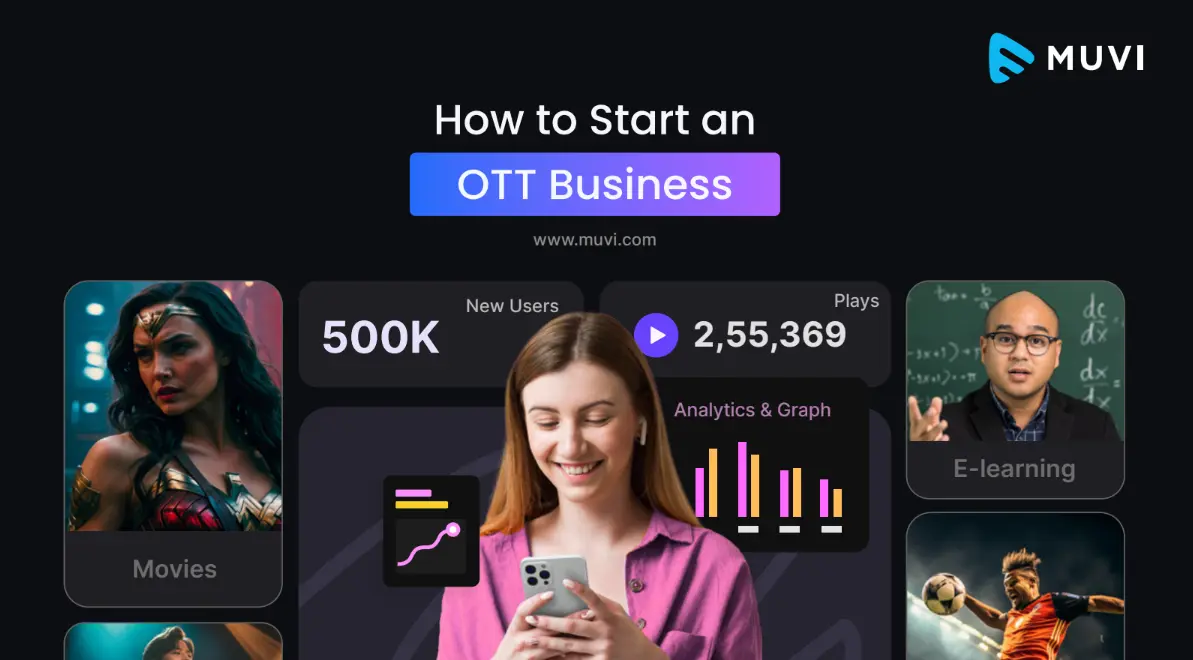
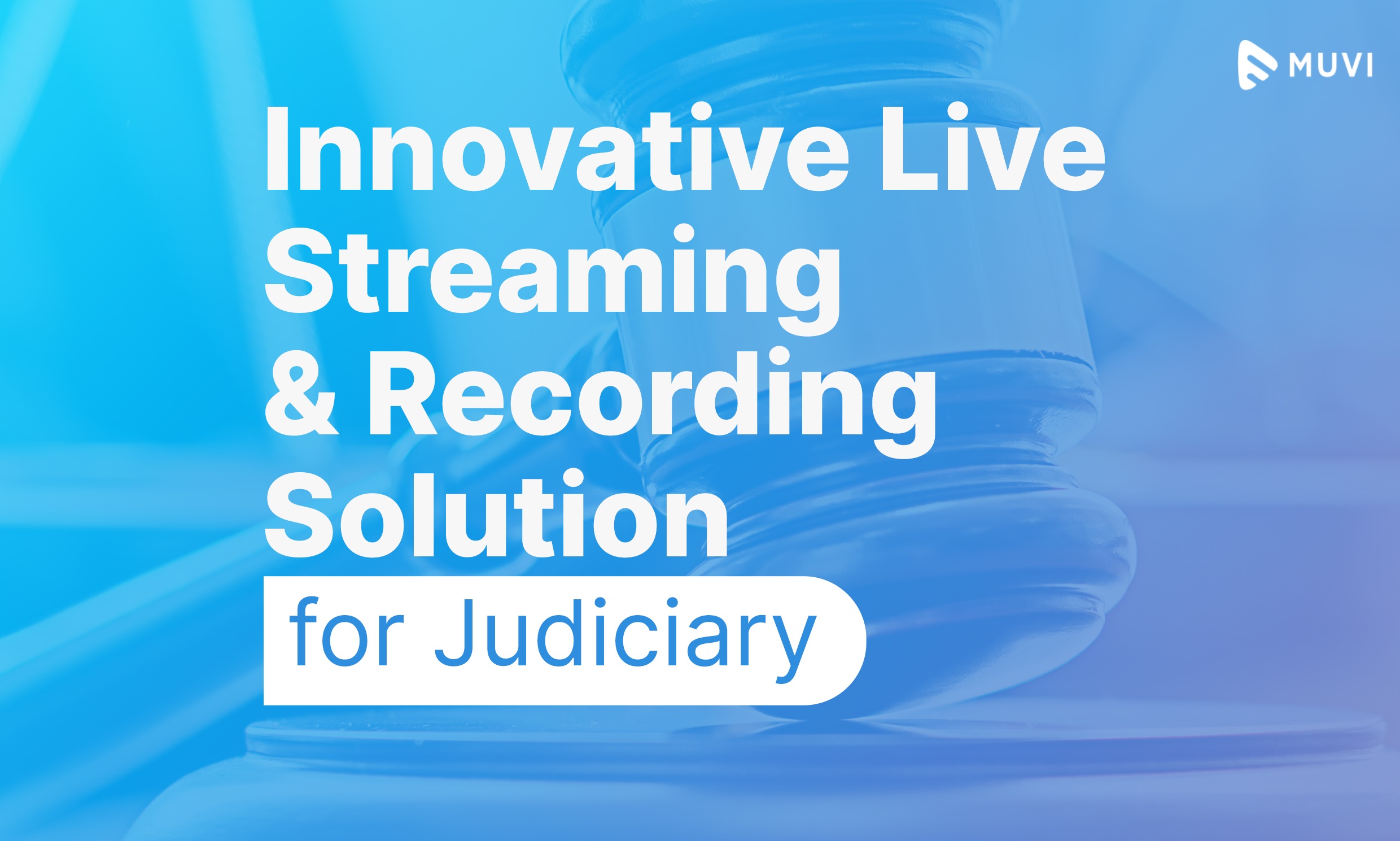


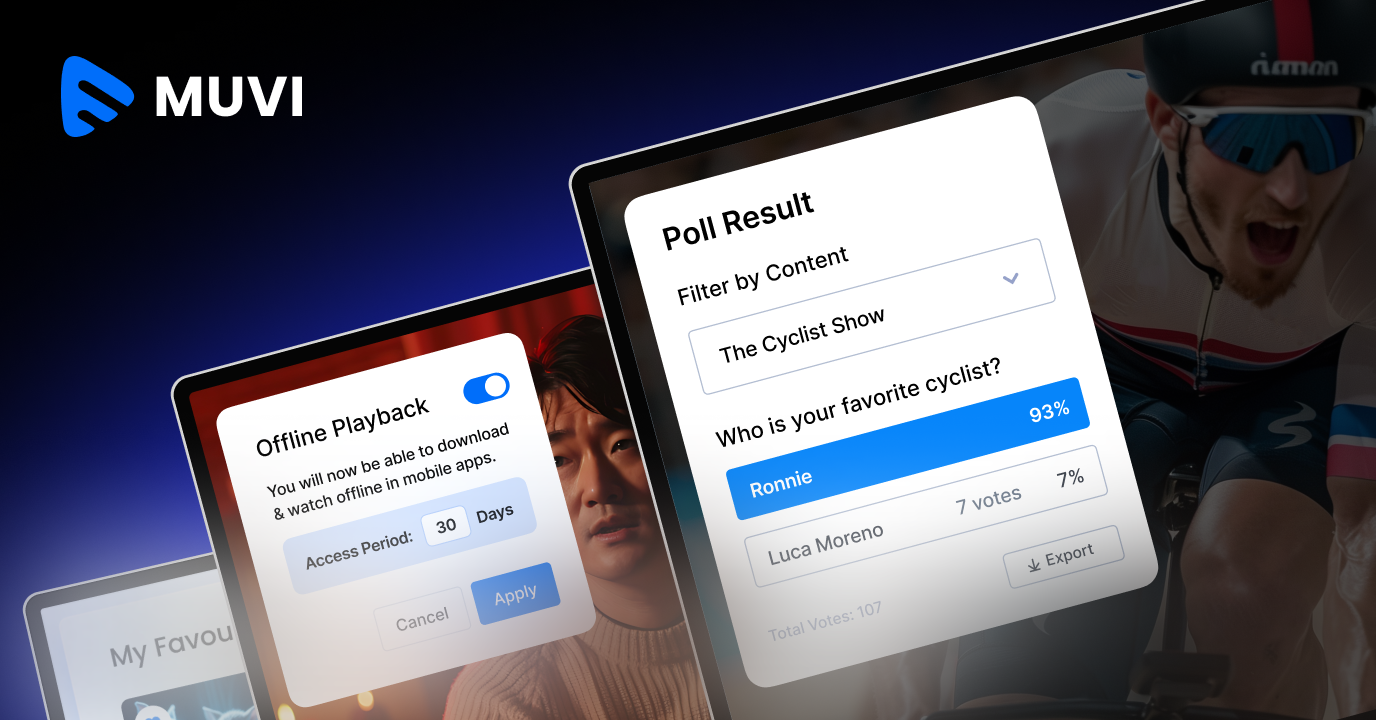
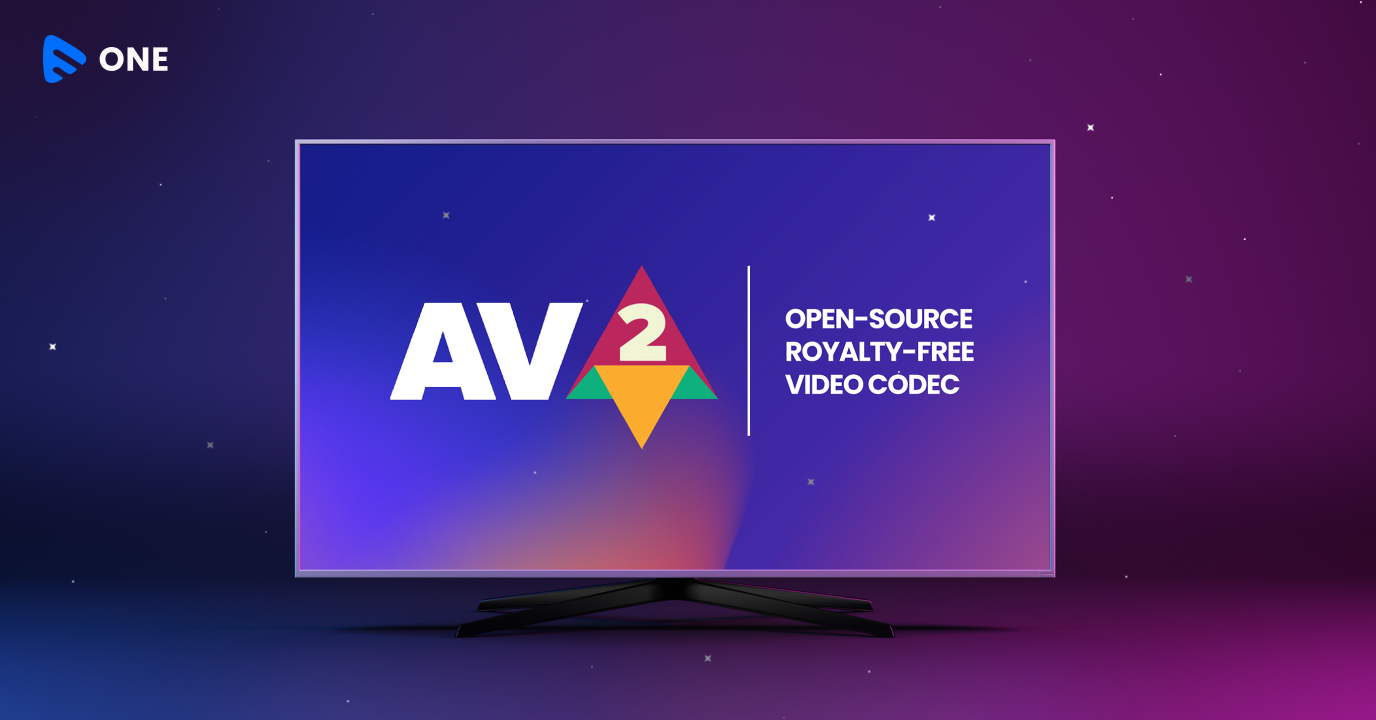
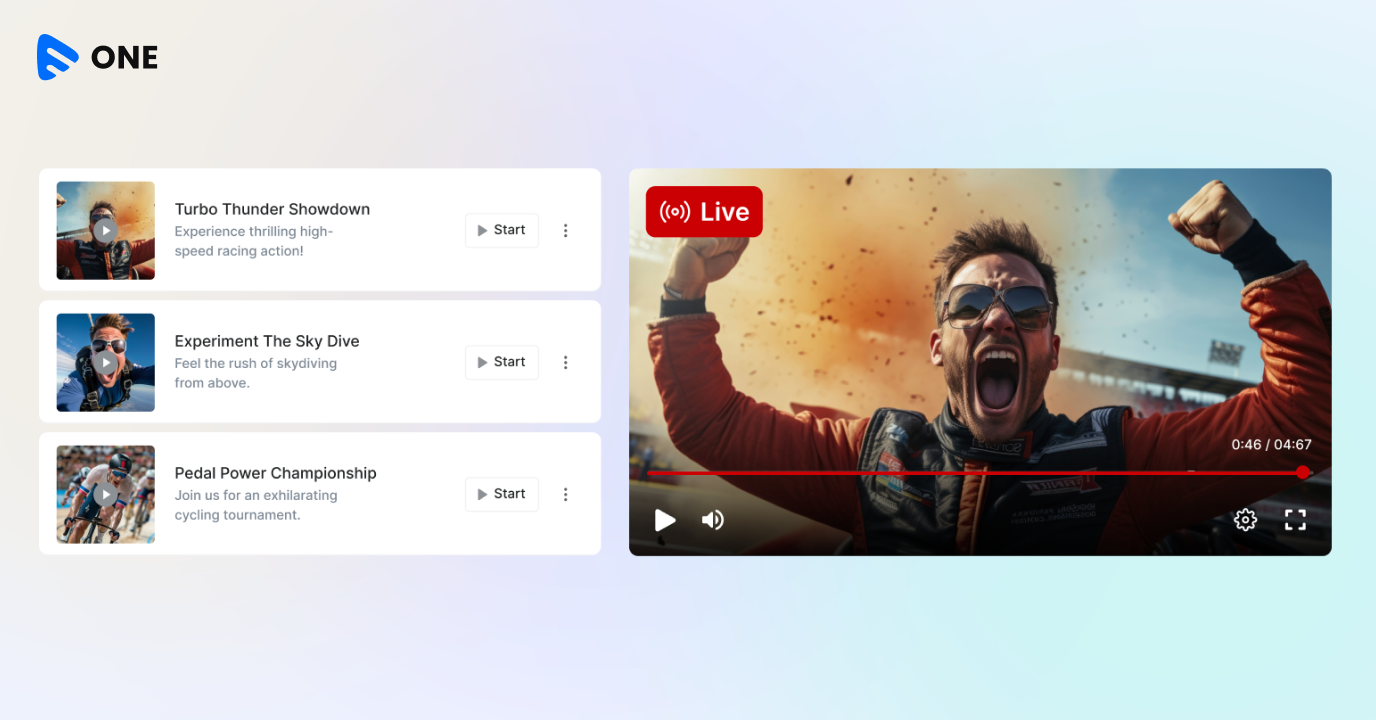

Add your comment